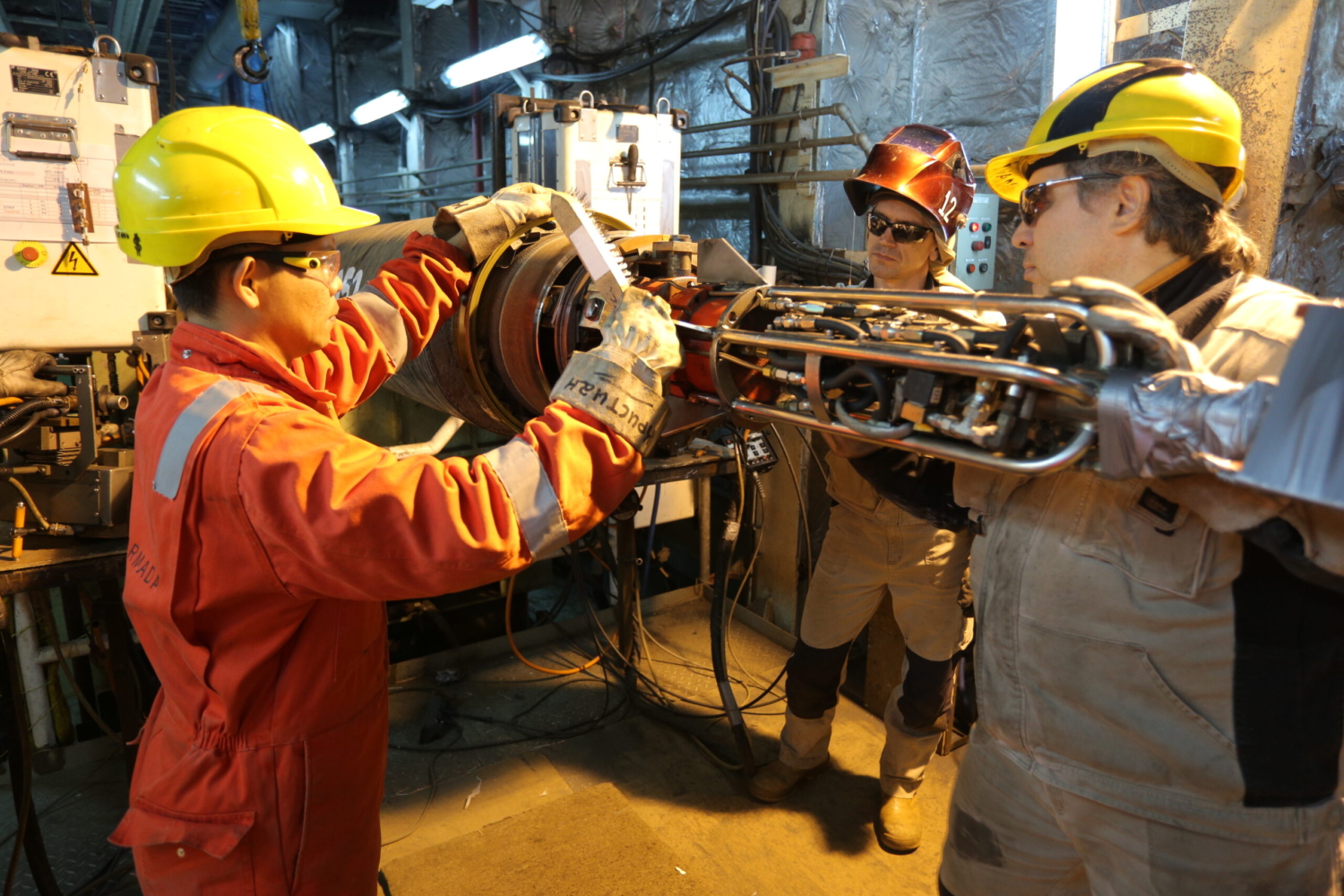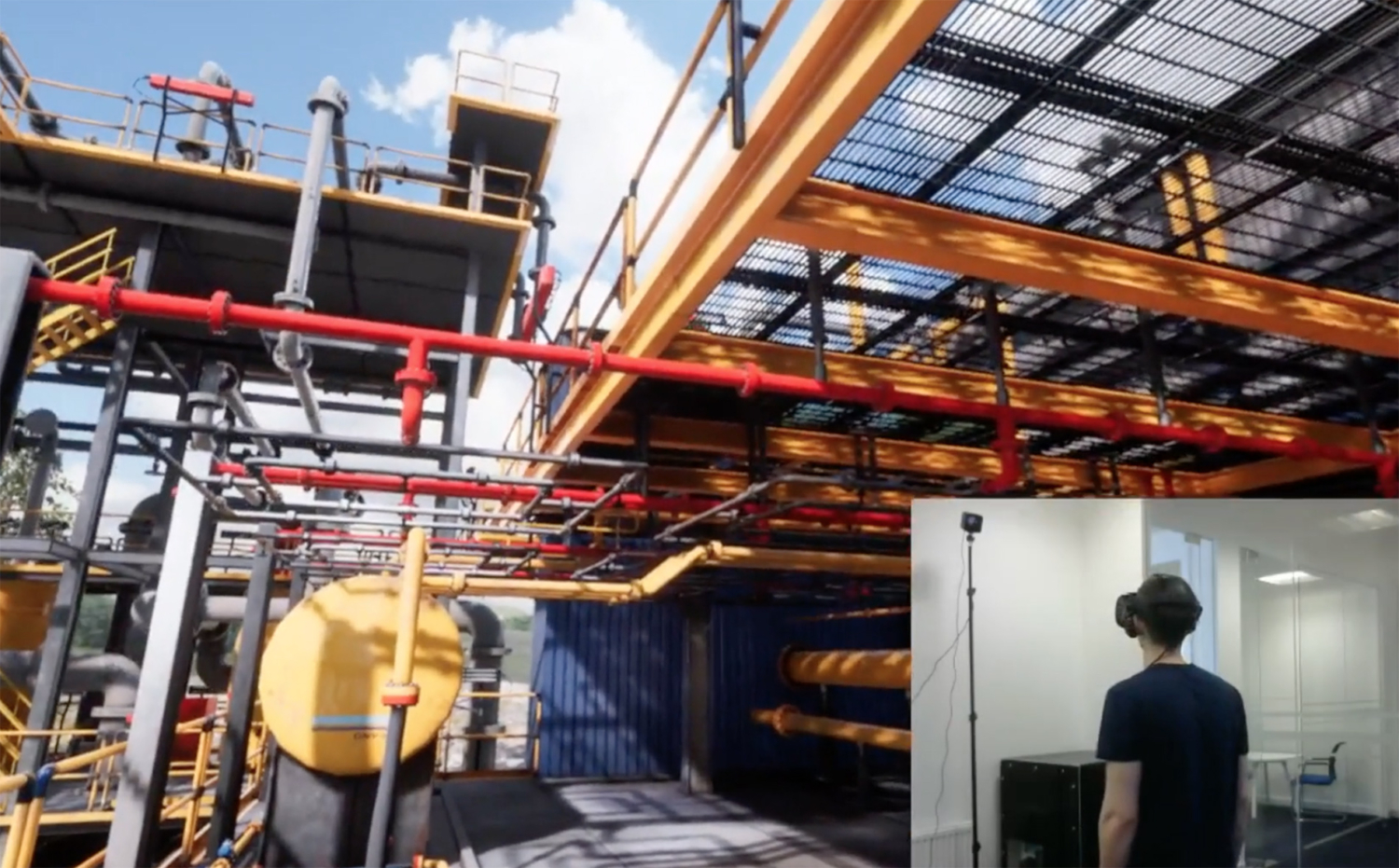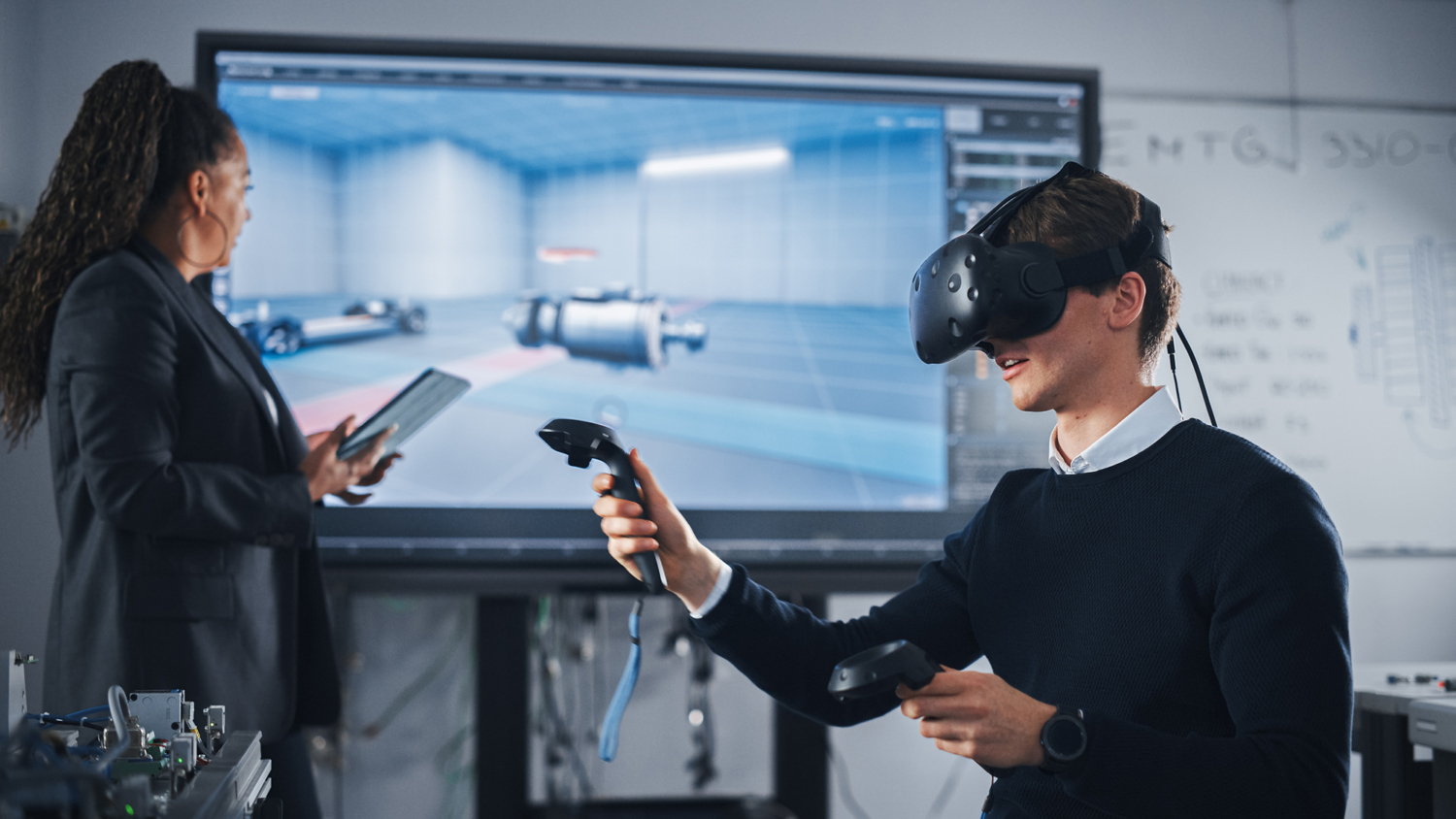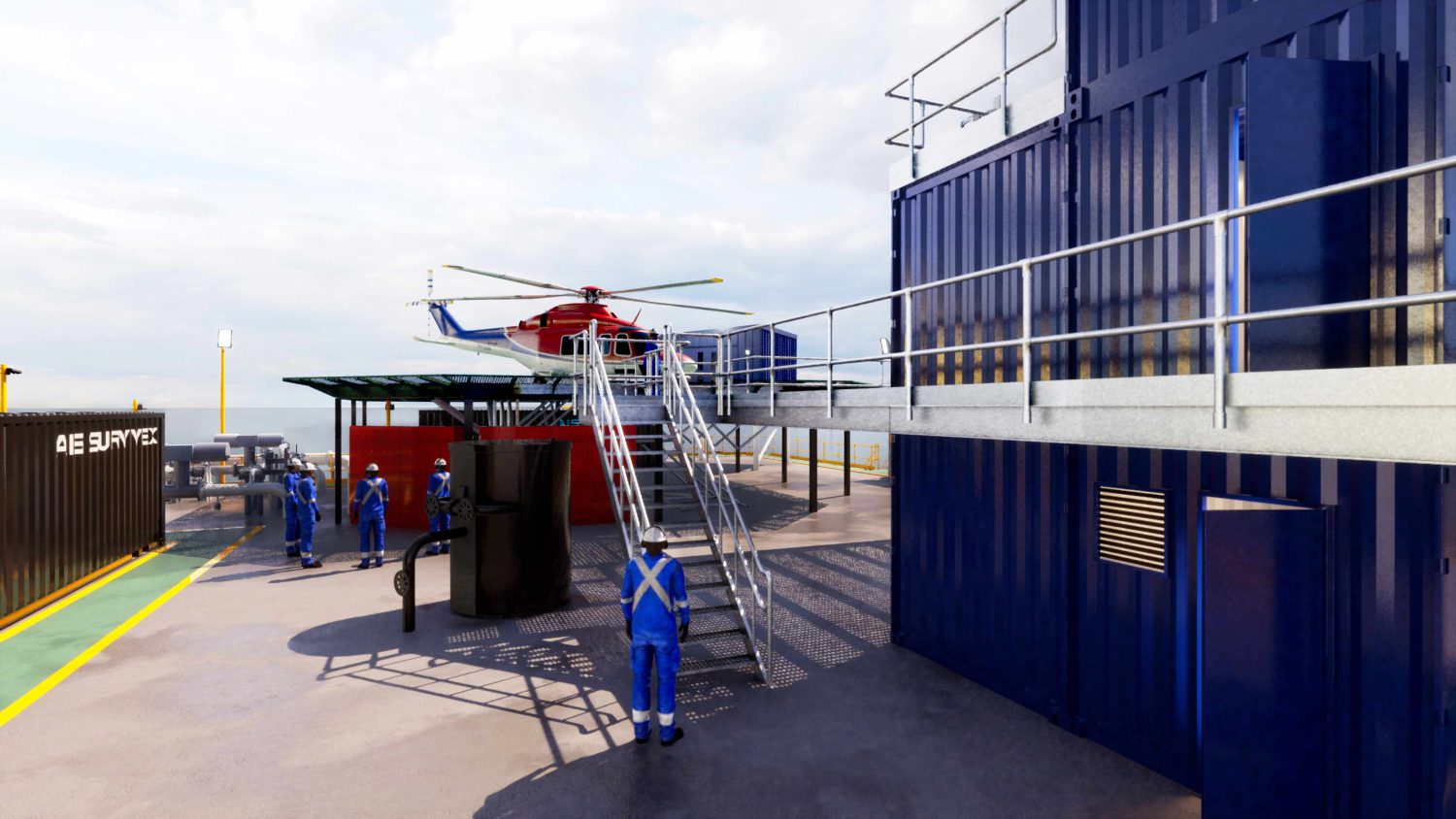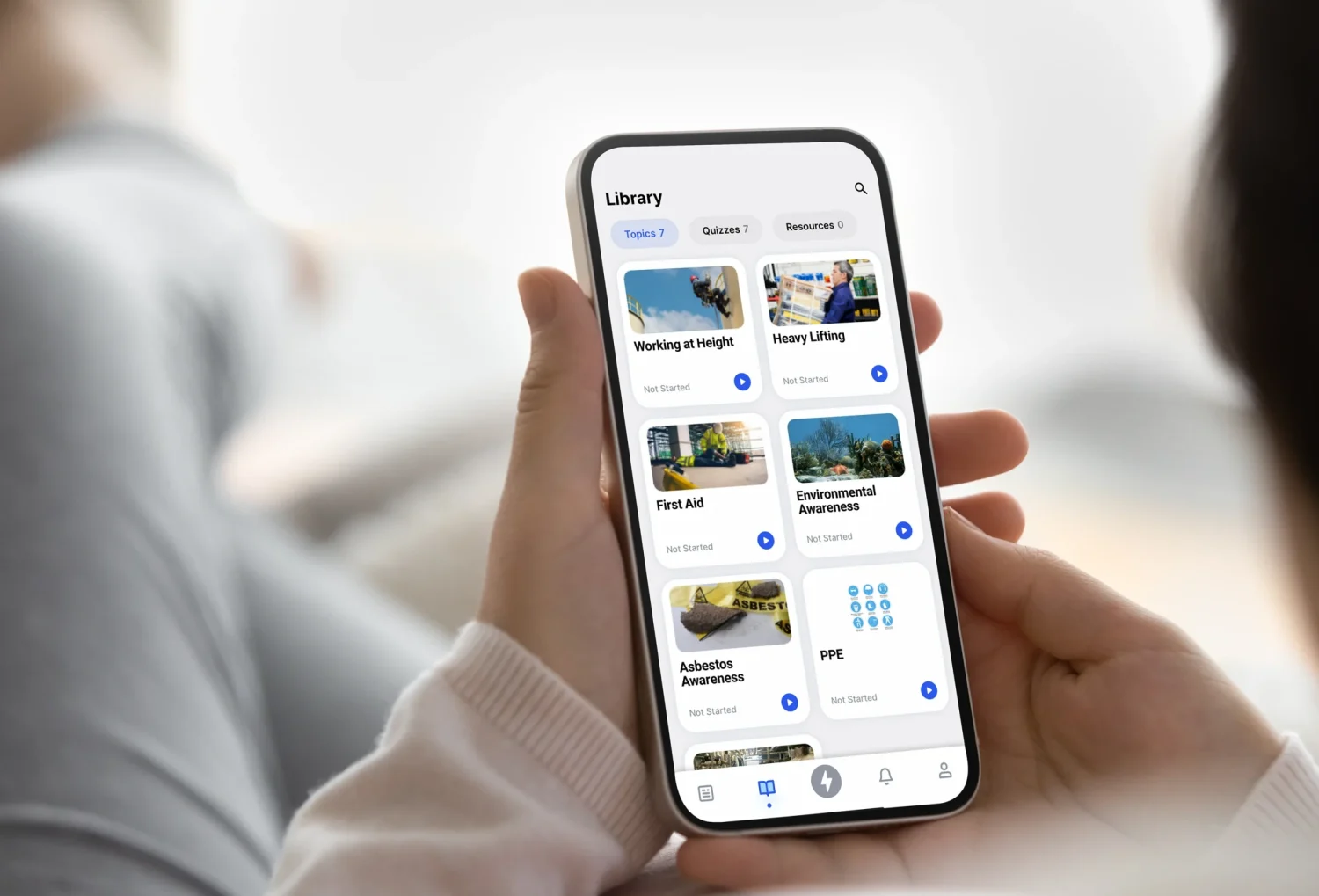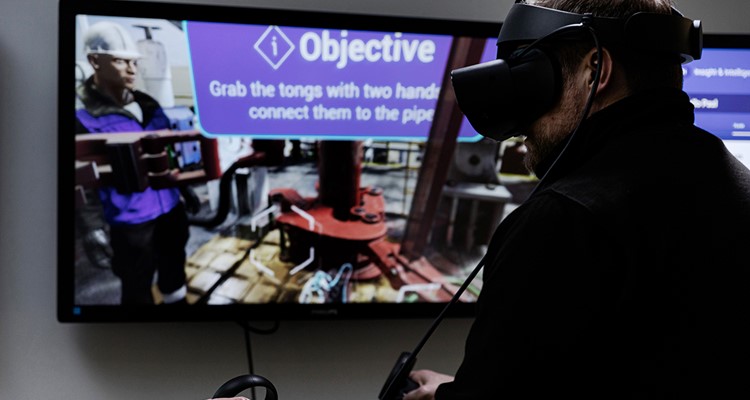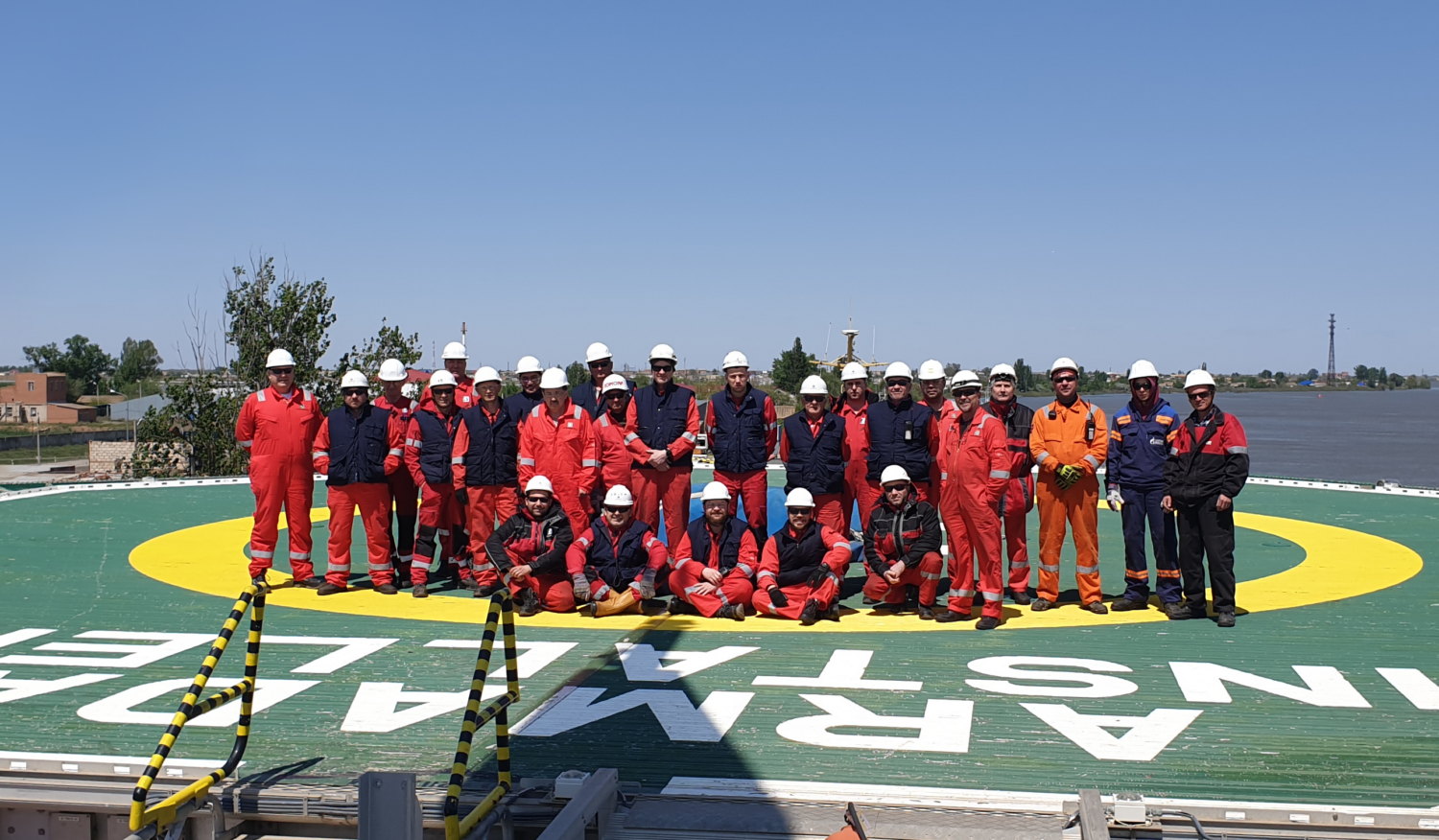In the offshore industry, operational efficiency and safety are paramount. Bumi Armada’s transition to 3t Digital marks a strategic move towards achieving unparalleled safety compliance and operational excellence. This case study explores the evolution of this partnership, focusing on the transformative impact of 3t Digital’s Training Management System (TMS) and the anticipated integration of the Competence Management System (CMS) into the 3tx platform.
About Bumi Armada
Bumi Armada, a leading provider of offshore production and support services, is committed to the highest standards of safety, operational efficiency, and sustainability. This commitment drove the company to seek a digital solutions provider that could meet its stringent requirements.
The Challenge: Seeking a New Direction
Before 2018, Bumi Armada utilized an in-house developed Microsoft Access tool for offshore training management. As the fleet expanded, this tool became infeasible, leading to the adoption of a third-party software in 2018. However, this software was plagued with issues including slow remote desktop performance, poor vendor support, and frequent functionality errors. These challenges severely impacted operational efficiency and safety compliance.
The Solution: Embracing 3t Digital’s Expertise
3t Digital was chosen for its exceptional service and innovative digital solutions. The introduction of the TMS marked the beginning of a transformative partnership, providing a comprehensive approach to training management and safety compliance.
Aravind Gangadharan, Offshore Training & Competency Senior Manager at Bumi Armada Berhad, reflects on the decision to switch: “We faced significant challenges with our previous system, which often hindered our operations due to its slow performance and inadequate support. 3t Digital’s cloud-based system not only offered the seamless operations we were desperately seeking but also came with an impressive Training Management System specifically tailored to our needs. Their proactive support team was decisive in our choice, as they showed genuine commitment to addressing our critical issues.”
Anticipation for the Competence Management System in the 3tx Platform
Bumi Armada looks forward to the integration of the CMS into the 3tx platform. This integration promises to further streamline operations and enhance safety and competency across the board.
Results: A New Era of Operational Excellence
- Resolved Discontent: The shift to 3t Digital addressed Bumi Armada’s previous dissatisfaction by providing responsive, effective support and advanced digital solutions.
- Operational Improvements: The TMS has delivered on its promise of improved safety compliance and operational efficiency. The upcoming CMS integration is expected to further these achievements.
- Future-Ready: Bumi Armada is now better equipped to handle the complexities of the offshore industry, with robust training and competence management systems that ensure ongoing compliance and efficiency.
Conclusion
90% Increase in Training Compliance
Bumi Armada’s partnership with 3t Digital, catalysed by the need for improved service and support, has set a new benchmark for digital innovation in the offshore industry. Through the implementation of the TMS and the anticipation of the CMS in the 3tx platform, this collaboration not only addresses the immediate needs of Bumi Armada but also positions the company for sustained success and safety in its operations. 3t Digital’s commitment to excellence and tailored solutions has proven to be a game-changer, ushering in a new era of safety and operational efficiency for Bumi Armada.
